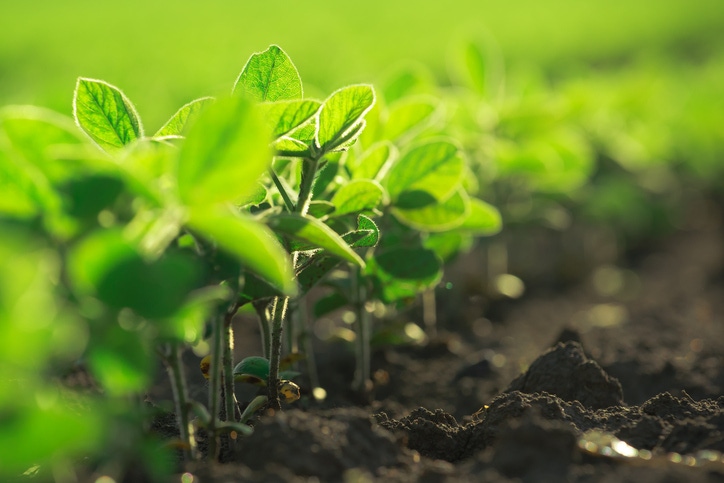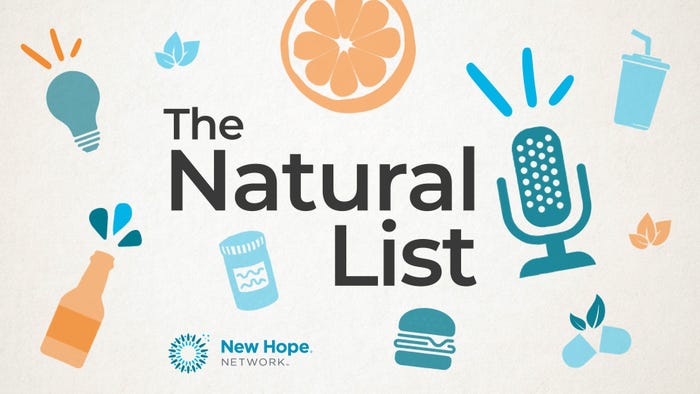How to create a climate plan for your business
Three sustainability experts offer valuable guidance on building a climate plan from the ground up. Here’s how to go about engaging everyone—from grower to consumer to employee—and why this all matters in the world of natural consumer packaged goods.
April 24, 2018

"For this to be meaningful for your organization—for climate action to matter—you must look at your entire system. It's simply inadequate to look only within your four walls; you've got to incorporate the supply chain, too."
—Renauld des Rosiers, Amy's Kitchen
Part 1: Materiality and buy-in
Highlights:
There's no perfect formula to follow: It's as unique as your company's DNA.
Figure out what's important vs. what's realistic, and what could have the biggest impact.
Agriculture can be a great option to help mitigate climate change because of the huge ability of soil to build and retain carbon.
Discover the nine commitment areas for The Climate Collaborative, and use these as a foundation for building your climate action plan.
You need a climate champion to keep this going and drive it through your company.
-----
Part 2: Amy's Kitchen—a recipe for sustainability
Highlights:
Leverage your partnerships, especially when you have small departments and limited resources.
Some 70 percent to 95 percent of value chain emissions are outside of a company's four walls; you have less control but your level of impact is potentially higher.
Peer collaboration: STFA, OSC2, the Climate Collaborative and Sustainable Packaging Coalition are just a few of the groups out there to support your efforts.
Third-party certification is a really good way to go in terms of making it real and concrete (e.g., True from GBCI, RE100, Science Based Targets, USDA Organic and more.
Learn the barriers to climate action and how to overcome them.
-----
Part 3: Farm to yum—our food choices matter
Highlights:
The food system now contributes to one-third of global greenhouse gas emissions; we're part of the problem but also part of the solution.
Several life cycle assessments (LCAs) revealed the biggest opportunities lie in the agriculture space, specifically in the supply chain. Annie's has a Code of Conduct for manufacturers and a Green Bernie award for top-performing suppliers.
Grassroots education on packaging raises consumer awareness around issues such as organic.
Lead by example: LEED Gold certified HQ, Bay Area Green Business certification, 100 percent Energy Star laptops.
Annie's tracks everything: energy, waste and water use; roughly 81 percent of office waste is now diverted from the landfill.
-----
Part 4: Climate mitigation conversion—the low-hanging fruit
Highlights:
Amy's moved to an automated case-packing system, resulting in 15 percent less outer case material used.
Long-term, Amy's is committed to R&D for "a product that doesn't yet exist:" renewable materials, made from plants, recycled back into the soil.
For the first time ever, dinosaurs are not cool when it comes to plastic packaging.
Annie's has a different perspective, focused on education: find "a green hero" who's willing to take on the effort to engage your workforce.
Financial savings can be one incentive for people, but you really need to engage your employees to see the value of sustainability.
Size of sustainability teams and how to work with limited resources.
The WIIFM factor: What's in it for me?
Tracking trash in the supply chain.
This session—Climate 101: The Building Blocks of Climate Actions for Your Company—was recorded at Natural Products Expo West 2018.
About the Author(s)
You May Also Like


